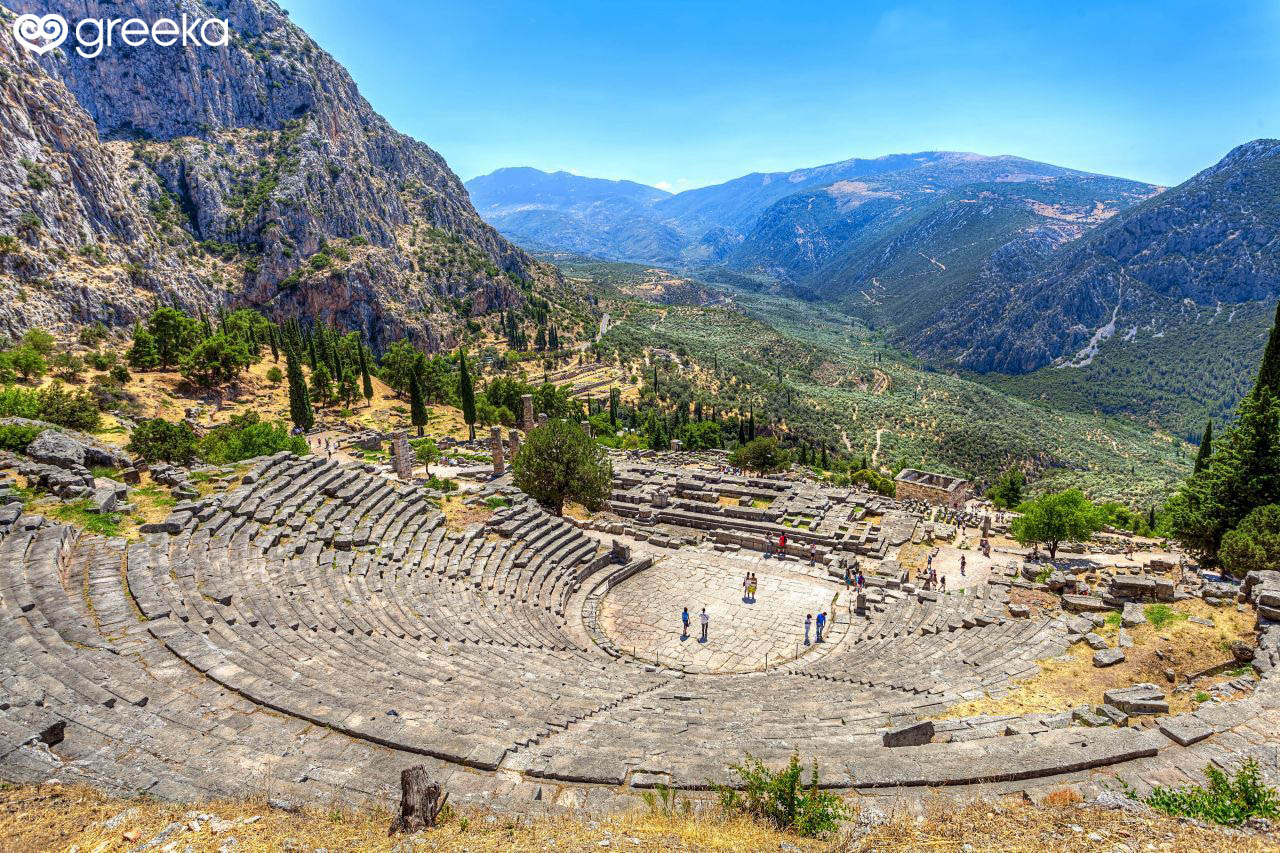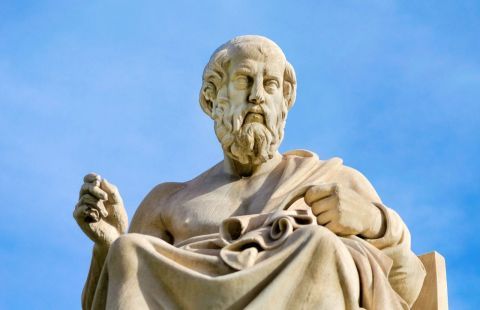UNESCO Sites list of Greece & the islands
Many archaeological sites, monuments and places of historical interest in Greece have been registered in the Unesco List of World Heritage sites. Here is the list with World Heritage UNESCO Sites in Greece and the Greek islands arranged according to their date of registration.
List of world heritage UNESCO sites in Greece: Temple of Apollo Epicurius, Acropolis of Athens, Delphi, Epidaurus, Rhodes medieval town, Meteora, Mount Athos, Byzantine monuments of Thessaloniki, Ancient Olympia, Mystras, Delos island, Daphne monasteries, Samos Pythagorion, Vergina, Saint John monastery in Patmos island, Mycenae and Tiryns and Corfu town.
✔ DISCOVER THE UNESCO SITES OF GREECE
Want to organize a trip to the most important archaeological sites of Greece? You can do that with a guided tour from Athens to Delphi, Epidaurus, Olympia and more or you can organize an independent trip with a private transfer (Minivan). Send us your request!
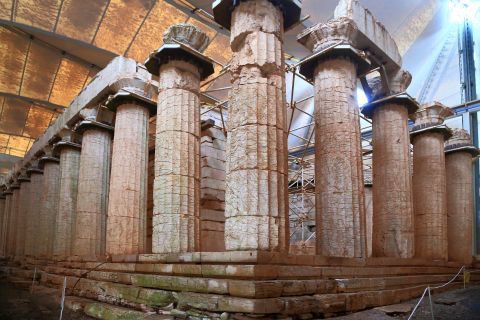
Temple of Apollo Epicurius at Bassae (1986)
The Temple of Apollo Epicurius (Apollo the helper) in Bassae Peloponnese is of magnificent beauty. Constructed between 450-400 BC by Iktinos, who was also the architect of the Parthenon in Athens, this sanctuary is located at an altitude on 1,131 m above the sea level, on the slopes of a mountain. The temple is under a long restoration project today. Sadly many important friezes were removed in 1815 by the British archaeologist Charles Robert Cockerell and were taken to the British Museum in London, where they are exhibited till today.
The temple was the first monument to be added in the list of World Heritage UNESCO Sites in Greece in 1986.
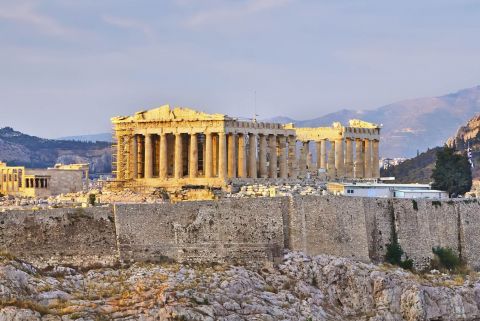
Acropolis of Athens (1987)
Located on top of a rock above the city, the Acropolis includes many buildings, such as the Parthenon, the Propylaea, the Erectheion and the Temple of Athena Nike. It was fully constructed in the 5th century BC, the Golden Era of Athens, by the best craftsman of the times. Along centuries, it has undergone many destructions from wars and invasions. In 1816, the British Lord Elgin removed many parts of the Parthenon Temple and later sold them to the British Museum, where they are exhibited till today.
The Acropolis was added in the list of World Heritage UNESCO Sites in Greece in 1987.
✔ Discover the Acropolis with a guided tour

Archaeological Site of Delphi (1987)
Located in the center of mainland Greece, Ancient Delphi was the most important oracle of ancient times. Pilgrims from all over the Mediterranean basin would come to the Temple of Apollo to ask for prophecy on a complicated, urgent issue. The entire site is actually connected to the cult of god Apollo. Ancient Delphi also had a political role, as it served as a union for city-states of the region. Below the archaeological site, there is the very interesting Archaeological Museum of Delphi. Delphi was added in the list of World Heritage UNESCO Sites in Greece in 1987.
✔ Discover Delphi with a guided tour

Sanctuary of Asklepius at Epidaurus (1988)
The Sanctuary of Asklepius in Epidaurus, eastern Peloponnese, was a very important healing center in the antiquity as Epidaurus was considered the birthplace of the god. Patients from all the Mediterranean would come to Epidaurus to ask for a cure, that was given by the god in their dreams. This is why people would sleep in a special dormitory. Next day they were telling their dream to the priests, who eventually suggested the healing method. Close to the sanctuary, a large theatre was constructed to honor the god with special festivities. This theatre is world famous today as the Ancient Theatre of Epidaurus.
Epidaurus was added in the list of World Heritage UNESCO Sites in Greece in 1988.
✔ Discover Ancient Epidaurus with a guided tour
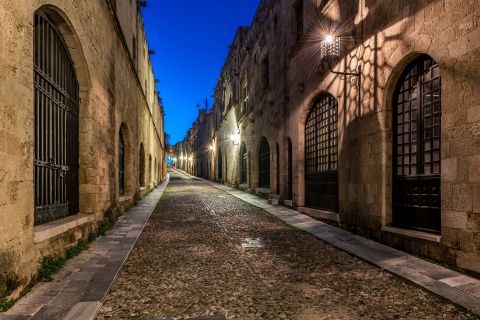
Medieval City of Rhodes (1988)
The Medieval City of Rhodes, with its present form, was originally constructed by the Knight Order of Saint John of Jerusalem, who occupied the island from 1309 to 1523. Subsequently, the town was occupied by the Ottomans and the Italians, who also left their mark in the town. In the Upper Town, the Palace of the Grand Masters, the Great Hospital and the Street of the Knights are a distinctive sample of Gothic architecture, while in the Lower Town there are many buildings from the Ottoman period, including mosques and public baths.
The city of Rhodes was added in the list of World Heritage UNESCO Sites in Greece in 1988.
✔ Discover Rhodes town with a guided tour
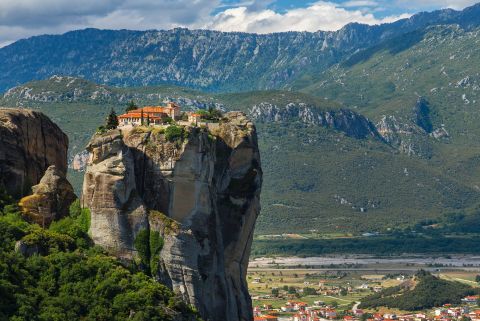
Meteora (1988)
Located on the northwestern side of mainland Greece, Meteora is actually a part of rocks that rise from the ground. These stones, composed of sandstone and conglomerate, were actually formed 60 million years ago by geological movements in the region. On top of these rocks, monks constructed monasteries in the 13th century AD. Although originally Meteora hosted 24 monasteries, only 6 are open today. The view from the top of the rocks to the valley below is breathtaking.
Meteora was added in the list of World Heritage UNESCO Sites in Greece in 1988.
✔ Discover Meteora with a guided tour
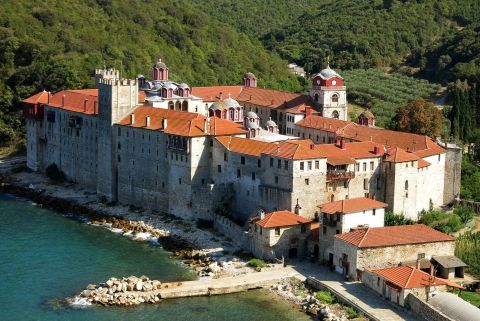
Mount Athos (1988)
The monastic community of Mount Athos is actually an autonomous monastic state that geographically occupies the eastern peninsula of Halkidiki, northern Greece. An Orthodox spiritual center since 1054, Mount Athos enjoys an autonomous statute since the Byzantine times. Impressive monasteries of great artistic value have been constructed there for many centuries. Entrance to Mount Athos (or else Holy Mountain) is forbidden to women and children. Only men are allowed to enter after special permission.
Mount Athos was added in the list of World Heritage UNESCO Sites in Greece in 1988.
✔ Discover Mont Athos with a guided tour
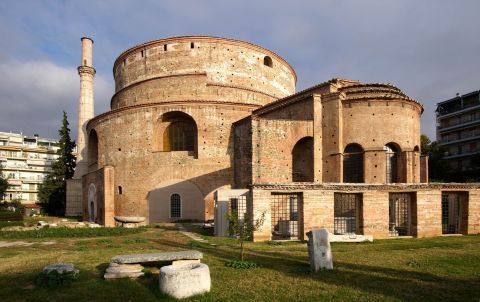
Byzantine Monuments of Thessaloniki (1988)
For many centuries, Thessaloniki was the second most important town of the Byzantine Empire and played an important role in the spread of Christianity in the Balkans. As many important religious personalities had their base in Thessaloniki in the Middle Ages, many important churches were constructed that times. Many of these churches of and other monuments of that era are included in the Unesco world heritage sites, such as the church of Saint Demetrius, the church of Panagia Halkeon, the church of Saint Nicolas Orfanos, the Rotonda of Saint George and the Byzantine Walls of Thessaloniki.
The Byzantine monuments of Thessaloniki were added in the list of World Heritage UNESCO Sites in Greece in 1988.
✔ Discover Byzantine monuments with a guided tour
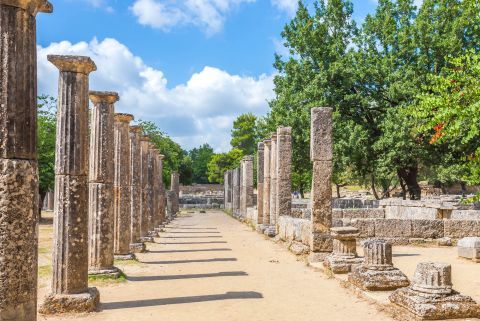
Archaeological Site of Olympia (1989)
The site of Olympia is constructed on the banks of river Alpheios in western Peloponnese. This is the place where the ancient Olympic Games originally started in 776 BC to honor god Zeus or the famous hero, Hercules. These games obtained large popularity among the Greek city-states, who considered it a great honor if their representative athlete won in the games. Important monuments in Olympia include the temple of Zeus, the temple of Hera, the ancient stadium and the Philippeion. Excavations in the archaeological site are still continued till today.
Olympia was added in the list of World Heritage UNESCO Sites in Greece in 1989.
✔ Discover Olympia with a guided tour
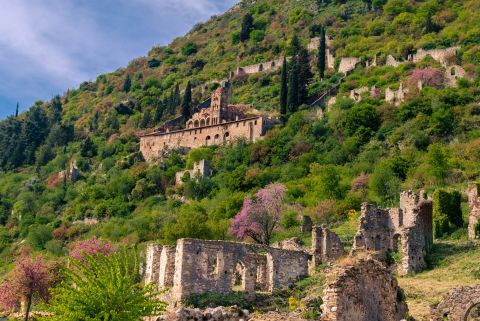
Archaeological Site of Mystras (1989)
The fortified town of Mystras played a central role during the last years of the Byzantine Empire. Built on a steep hill of Mount Taygetos, this town gave birth to the last Byzantine Emperors (the Paleologos family) and was the last Byzantine stronghold to fall to the Ottomans. The impressive thing about Mystras is the number of churches that it hosts inside the castle walls, bearing distinctive architecture and wall paintings. On top of the hill, there is the Palace of Despots.
Mystras was added in the list of World Heritage UNESCO Sites in Greece in 1989.
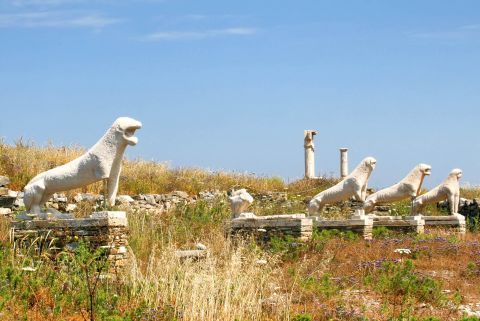
Delos (1990)
According to Greek mythology, Delos is the island where god Apollo was born. This is why the entire island was dedicated to this god and pilgrims from all the Mediterranean would come to pay their honor to Apollo. Apart from a religious center, Delos also developed a strong political role in the 5th century BC with the unification of many Greek towns and islands. Today, the island is not inhabited but it is an open archaeological site with many interesting monuments and a small museum. The island of Delos is located next to Mykonos.
Delos island was added in the list of World Heritage UNESCO Sites in Greece in 1990.
✔ Discover Delos with a guided tour
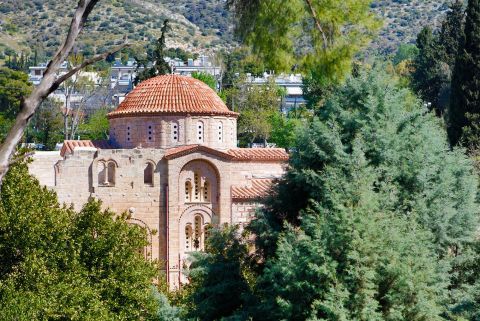
Monasteries of Daphni, Osios Loukas and Nea Moni (1990)
Although these monasteries are located in large distance to each other, they were constructed with the same architectural order and have the same aesthetic characteristics. The churches were built on a cross-in-square plan with a large dome. In the 11th-12th century, they were decorated with marble works and mosaics on a gold background, all belonging to the second golden age of Byzantine art. The Monastery of Daphni is located in Athens, the Monastery of Osios Loukas in Central Greece and the Monastery of Nea Moni in Chios.
The monasteries were added in the list of World Heritage UNESCO Sites in Greece in 1990.
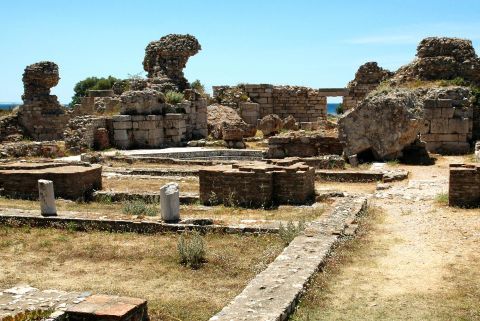
Pythagorion and Heraion of Samos (1992)
The port village of Pythagorion had a significant role in the Classical and the Roman times, as can be seen from the remains of the ancient city and the aqueduct of Eupalinus. Close to Pythagorion, there is the Ancient Sanctuary of goddess Hera, who was born on Samos, according to the Greek mythology. Heraion was originally constructed in the 8th century but was partly destroyed in the 6th century BC. In the centuries that followed, it was reformed many times, especially by the Romans.
The monuments of Samos island were added in the list of World Heritage UNESCO Sites in Greece in 1992.
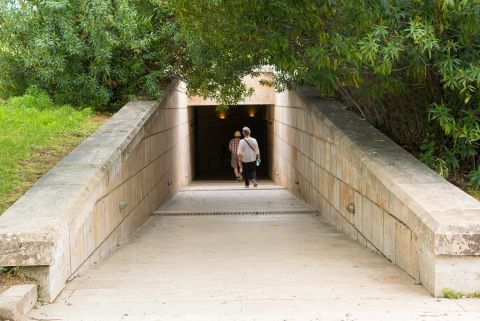
Archaeological Site of Aigai (modern Vergina) (1996)
The ancient city of Aigai was the first capital of the kingdom of Macedon. It is located in the modern city of Vergina, on the northwestern side of Greece. The site became internationally famous in 1977, when the Greek archaeologist Manolis Andronikos discovered the burial site of the kings of Macedon, including the tomb of Phillip II, father of Alexander the Great. In the impressive museum of Vegina, visitors can see the famous golden crown of Phillip and other impressive exhibits.
Vergina was added in the list of World Heritage UNESCO Sites in Greece in 1996.
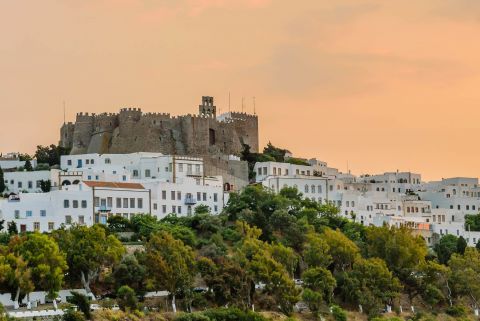
Monastery of Saint John and Cave of Apocalypse in Patmos (1999)
The picturesque village of Chora in Patmos, the Monastery of Saint John the Theologian and the Cave of Apocalypse are included in the Unesco List. Tradition says that it was on Patmos where Saint John the Theologian was inspired and eventually wrote the Book of Revelation. The Monastery of Saint John was established in the late 10th century and it remains till today an important religious pilgrimage place. In fact, the entire island has a strong spiritual vibe.
The Monastery of Saint John and the cave were added in the list of World Heritage UNESCO Sites in Greece in 1999.
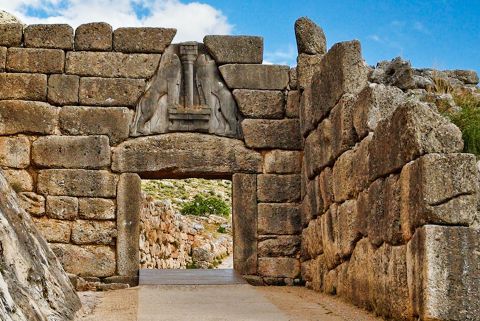
Archaeological Sites of Mycenae and Tiryns (1999)
Mycenae and Tiryns are located in close distance to each other, on the eastern side of Peloponnese. The town of Mycenae is strongly connected to king Agamemnon and the Trojan War. It gave its name to an entire civilization, the Mycenaean civilization, and influenced many other towns around Greece, that were also constructed in the same style. The architecture of Mycenae and Tiryns distinguish for the gigantic city walls and the vaulted tombs.
Mycenae was added in the list of World Heritage UNESCO Sites in Greece in 1999.
✔ Discover Mycenae with a guided tour
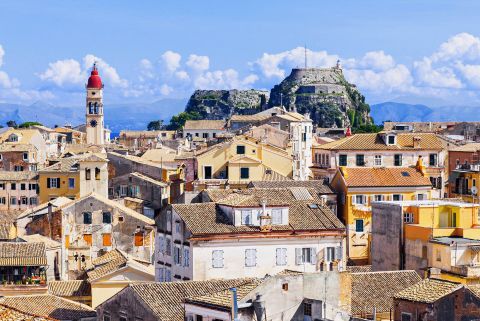
Old Town of Corfu (2007)
The Old Town of Corfu is the most recently-added Greek monument in the Unesco List. With a strong Venetian influence in architecture, the Old Town of Corfu had two fortresses that protected the island from pirates and invasions in the Medieval Times. The Old Town has large two or three-storey buildings with no balconies, paved paths, and impressive public buildings. The avenue of Liston is the most characteristic spot of the town, while Spianada Square is the second largest square in Europe, after Saint Marc Square in Venice.
Corfu was the last to be added in the list of World Heritage UNESCO Sites in Greece in 2007.
